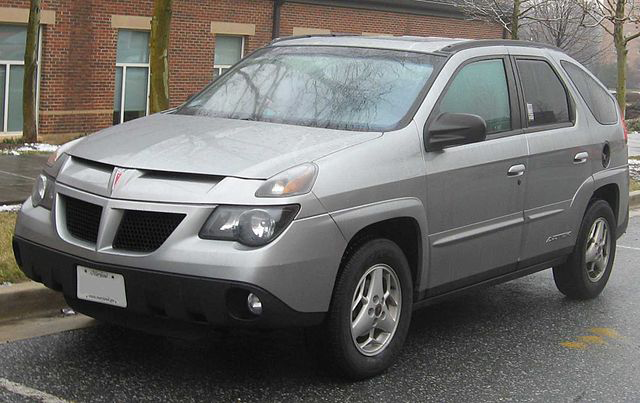Educating the green residential market through visualization
As you well know, building green has been a growing trend for several years now. And that growth is usually associated with commercial construction.
But, it appears, residential construction is catching up. According to a 2015 survey done by Dodge Data & Analytics (DD&A) and the National Association of Home Builders (NAHB), green building now makes up about 30% of the total housing market. Homebuilders expect continued growth as consumers become more educated about green products. And as the demand for green homes increases.
You know your building product is great, and that homebuilders should install it in every home they build. And homebuyers should insist your product be a part of any green home they are thinking of buying.
The builders who already know, like and trust your products know it, too.
So what’s the best way to educate builders and consumers who aren’t yet familiar with you? How can you and your sales reps explain the benefits of your building material? And how it can be a trusted, integral part of their next green home?
Well, if you know me at all, you know what I’ll recommend… But I’ll hold off for a moment, and build my case with three main factors you need to consider…
The challenge you face is marketing to two distinct audiences and determining the best ways to do that.
On the one hand, you need to continue marketing to builders as you always have. But perhaps with a twist (we’ll cover that in a minute…).
On the other hand, you need to market to current and future homeowners. According to the DD&A / NAHB report noted above, the most green-savvy homeowners are age 55 and older. This group has the most homeownership experience right now. But it’s equally important to meet the other demographics, including the millennials, where they are as well.
As the younger, more environmentally-conscious millennials gain home buying experience and knowledge, their demand for high-performing homes will increase.
And that’s where you need to focus your marketing efforts. Educating all of your audiences on energy performance and clearly showing where your product fits into that story. Whether your product is hempcrete, solar panels or durable exterior finishes, your product has a place in the big picture. Your marketing’s #1 job should be to clarify the deep benefits your product will provide to your prospects.
Selling to homeowners…
When you educate homeowners, it’s critical to look at how your marketing can connect their emotions with your product. They don’t make the decision on a majority of the products going into their home. But they will usually have to pay a premium for a green home.
Educating homebuyers ahead of time on the benefits of a home featuring your product, increases demand for your product. Increasing the number of builders looking for your product on their next green homes.
Are you clearly showing and explaining how your product helps make their home more healthy, safe and durable?
Are you illustrating how your building product protects them from any real or perceived pains or hassles their family might be facing, or worry about facing?
In a previous blog post, you can begin to see how visualizations can help you do just that.

Selling to builders…
To sell to homebuilders, focus on their biggest problems and make sure your product helps solve them. For most builders their focus is selling more homes and maintaining good profit margins.
Mark Mitchell, a top marketer helping building material manufacturers, points to some of the key things you should focus on in one of his past blog posts. A builder wants:
- Solutions to their problems
- Knowledge – they want to be educated about your product
- Competitive (not lowest) price – if there is a premium for your green product, they want assurance that it is a fair price
- Relationship – they want to know you have a local supplier that can be available for delivery and support
So do your homework and make sure you know the homebuilders you’re marketing to. What are the frustrations they’re dealing with? How can you help them sell the benefits of your product? How can your green product help them sell more homes?
You can’t expect them to make the leap. You need to connect the dots as clearly and quickly as possible in your marketing materials.
Help them “find the money” if your product involves a trade up from their usual product. Help them see how your product will help them differentiate themselves and their homes from other builders in their area. Show how your product can make their job go faster or with fewer headaches.
Key features of green products…
The final factor to consider for marketing your green building products is what consumers and builders consider the most important features.
These will change over time, according to trends, but in the DD&A / NAHB report, the most important features of green products are:
- Energy efficiency
- Durability & resilience
- How they contribute to a healthier indoor living environment
If done properly, your marketing can do a lot of the work to help clarify and illustrate how your product meets these required features. The key will be to stay on top of the current trends and keeping your finger on the pulse of the market.
Transparency is becoming more and more important to the building industry. It’s no longer enough to just say your product is “healthy” and good for the environment. You need to provide the backup and the proof. Certifications, as well as providing environmental product declarations and health product declarations, are key pieces of proof to provide.
But more importantly, is making sure your backup is easy to understand. As already mentioned –
Don’t expect them to make the leap! Be the bridge that helps them quickly and easily see how your product fits into their project, and how it solves, at least, one of their problems.
Pulling it all together…
Many building products that help make a home more comfortable, healthy and green are “hidden.” They’re buried in the walls, under the floors or above the ceilings. You can say the same for the benefits your product provides. Those benefits may not be easily seen or explained.
If your product needs help being brought into the light… If you need help clarifying the benefits of your green products to your prospects and clients… Consider how visualizations could help you tell those stories.
Look through the site and see how they’ve helped other great companies like yours tell their stories.
Or you can contact me today, and we can discuss how to get started on your project.

















